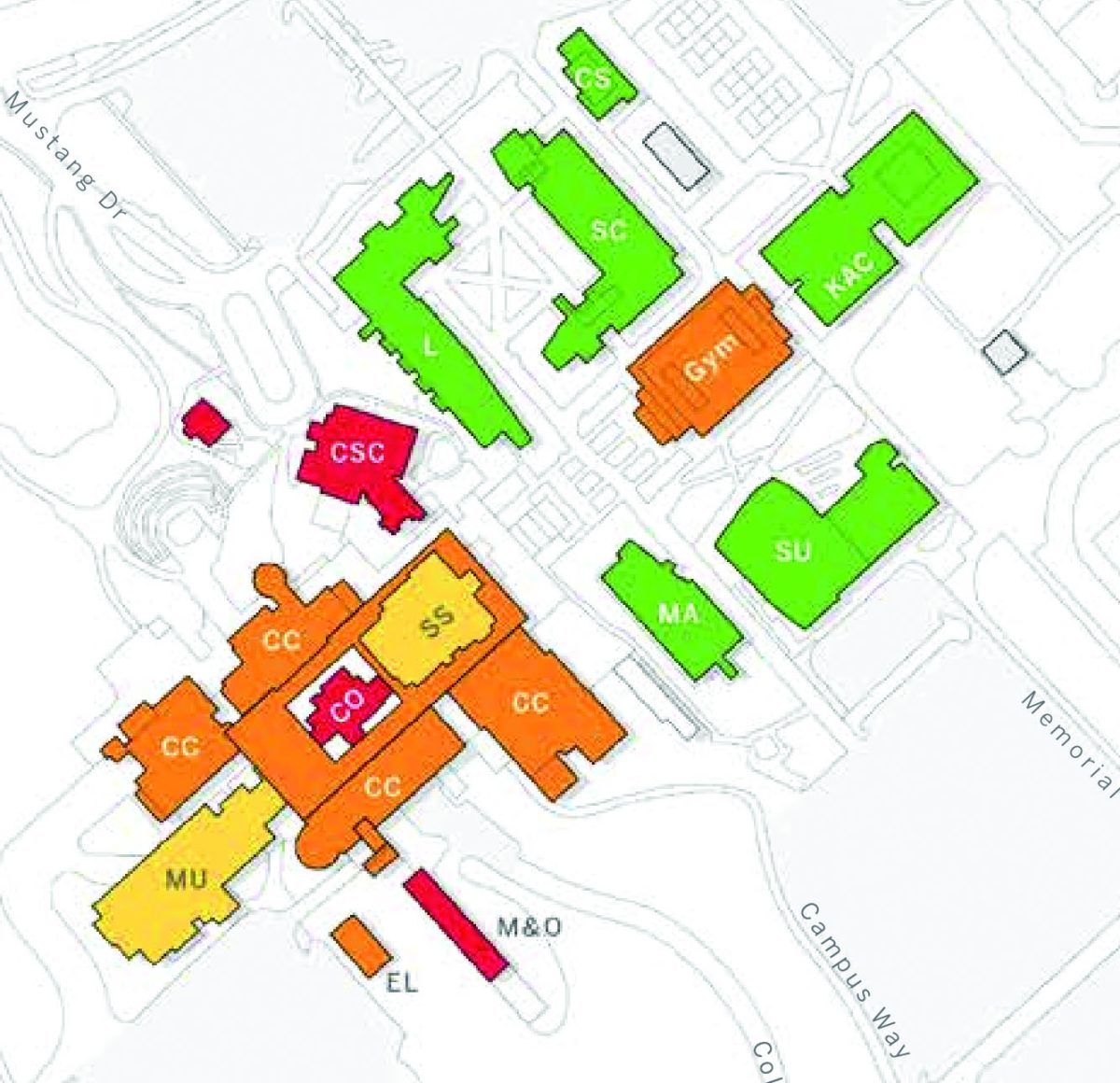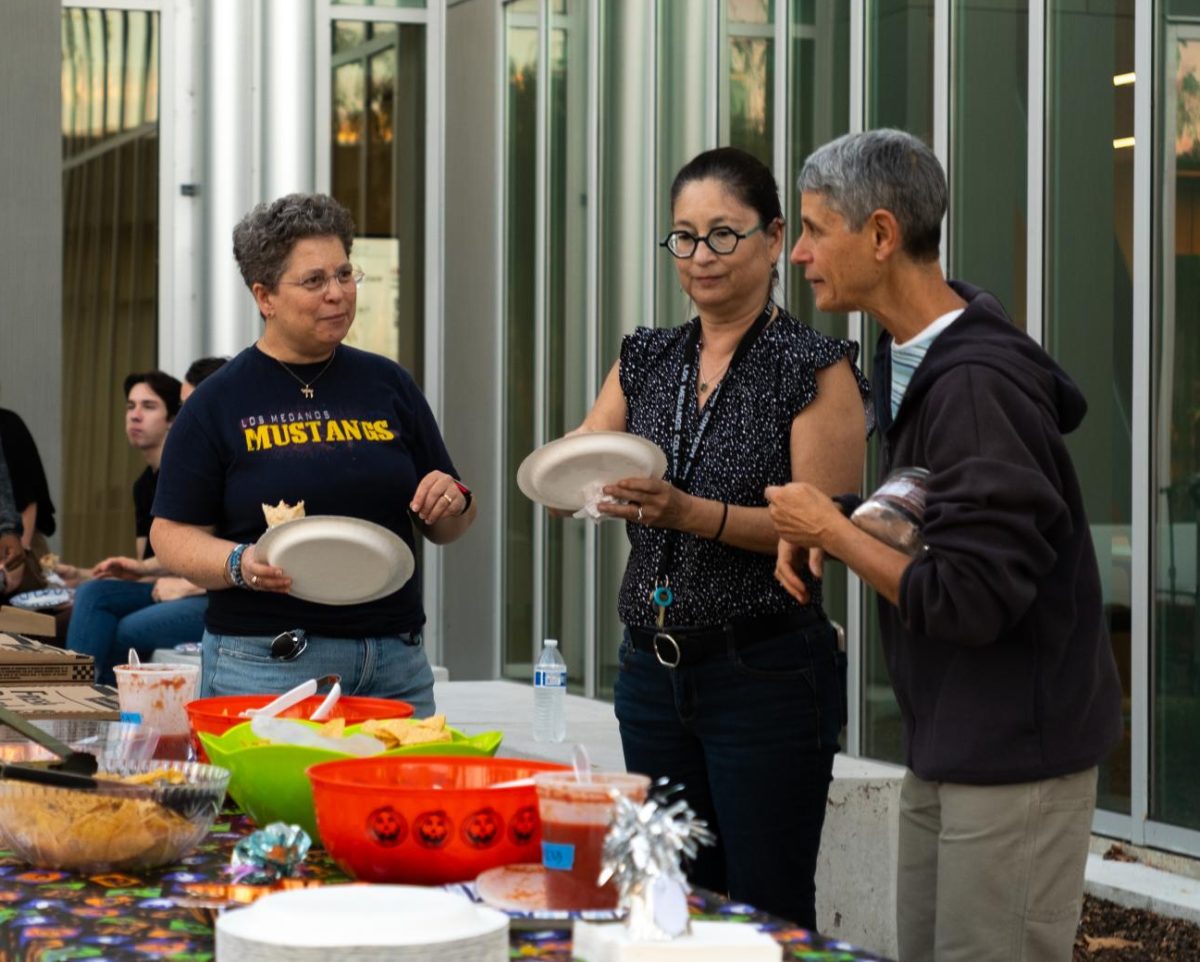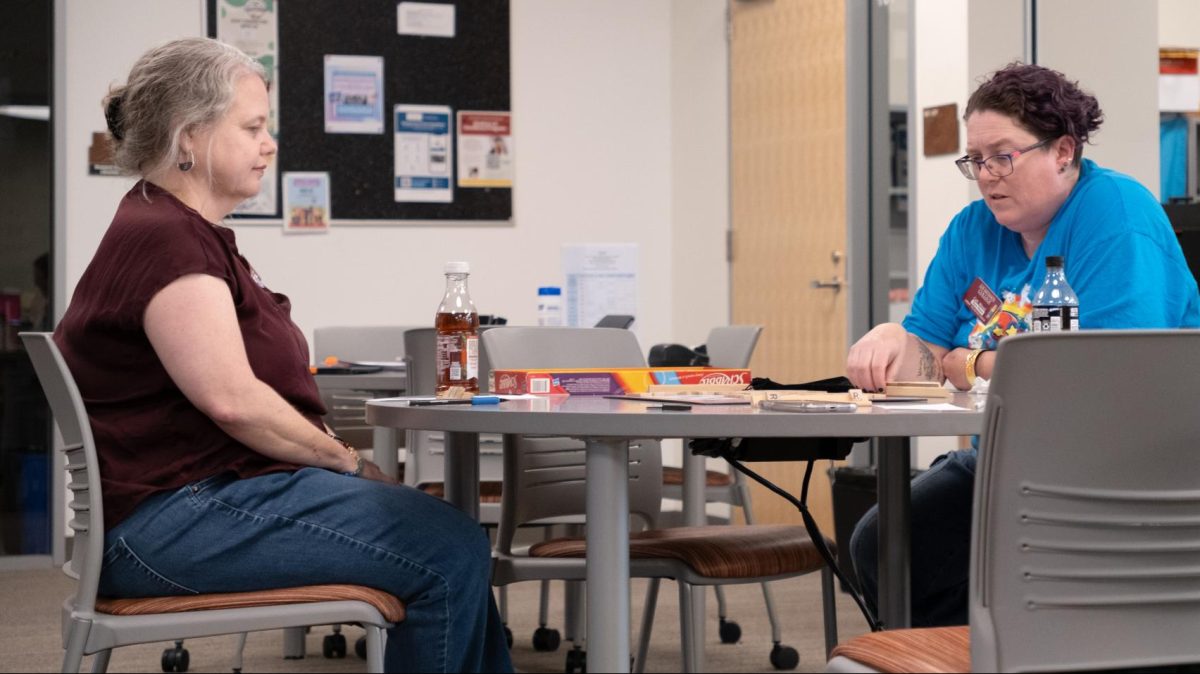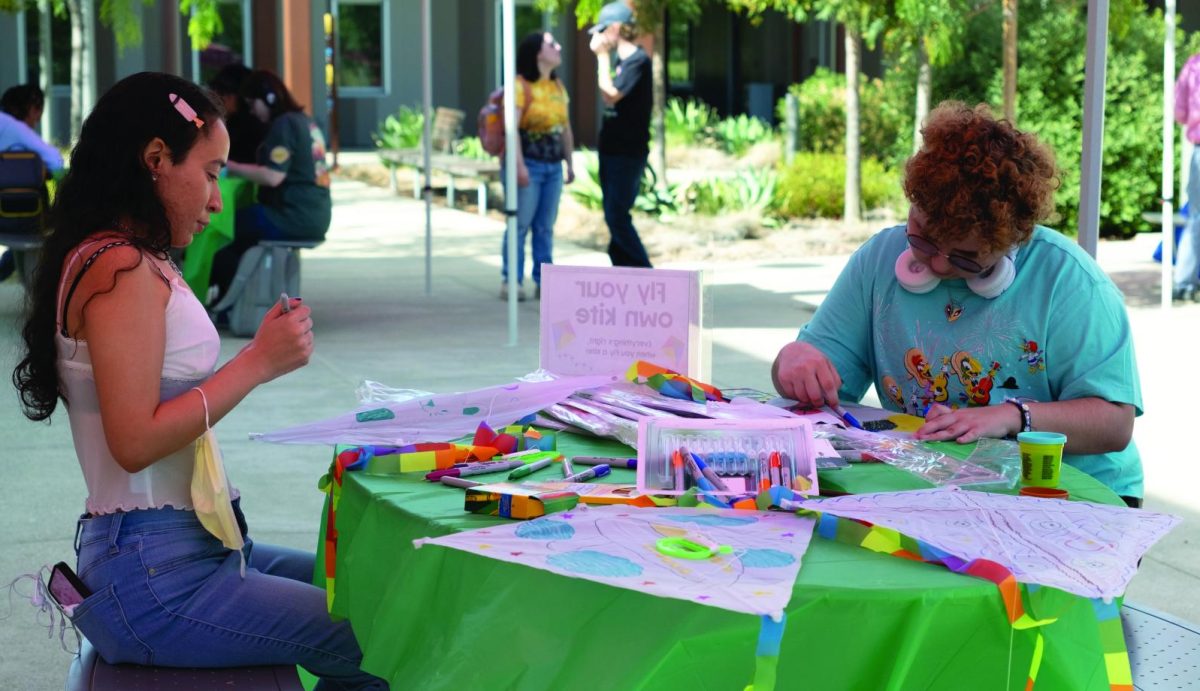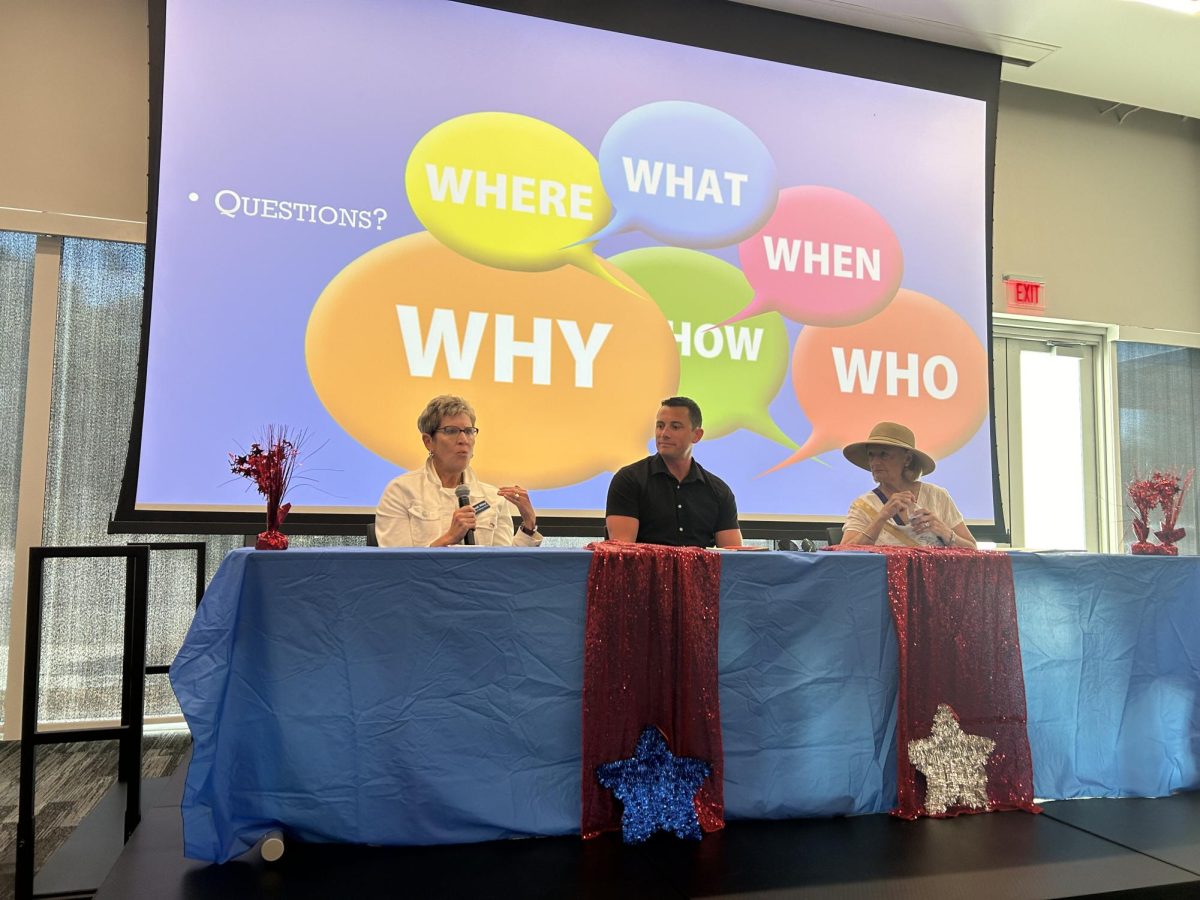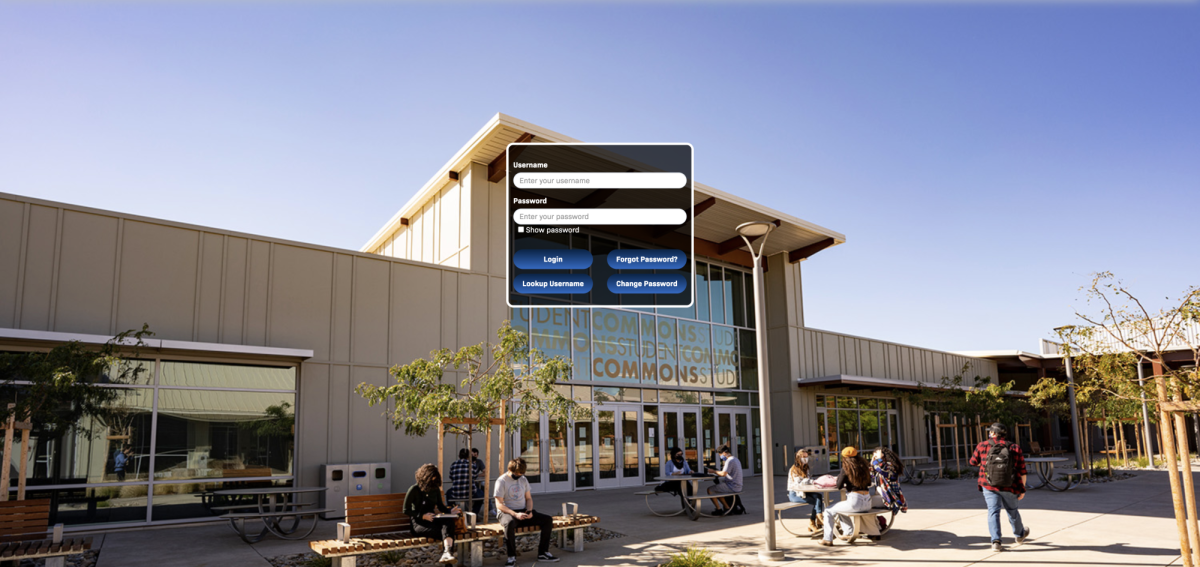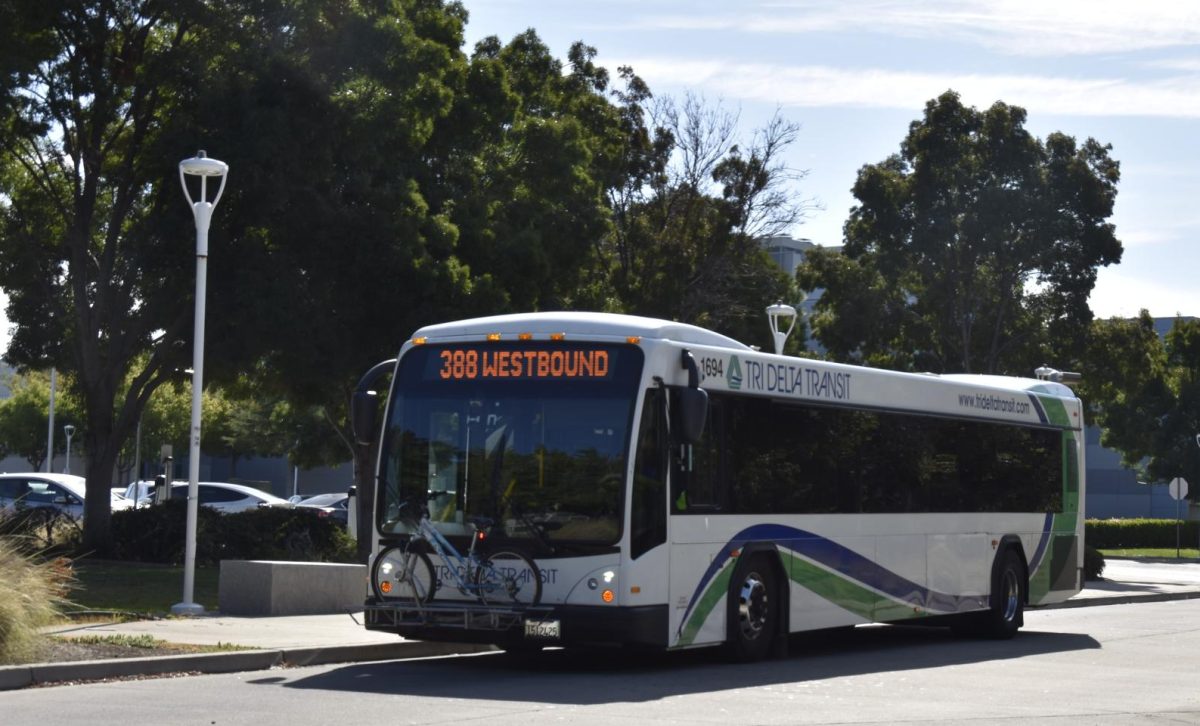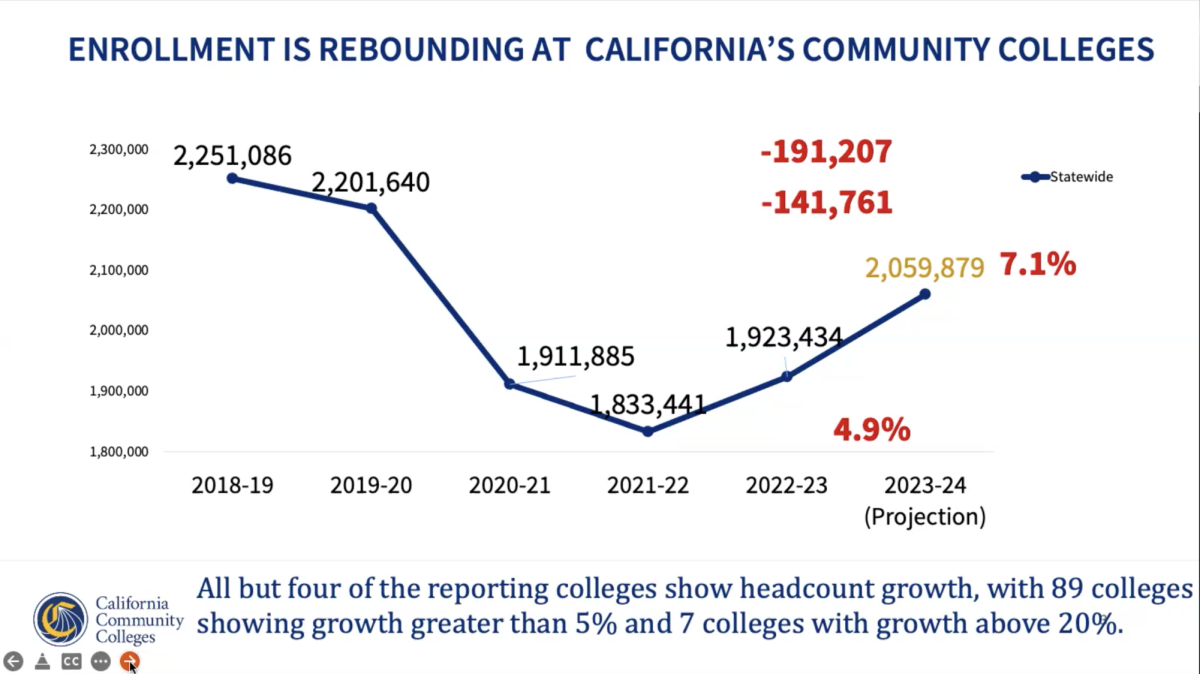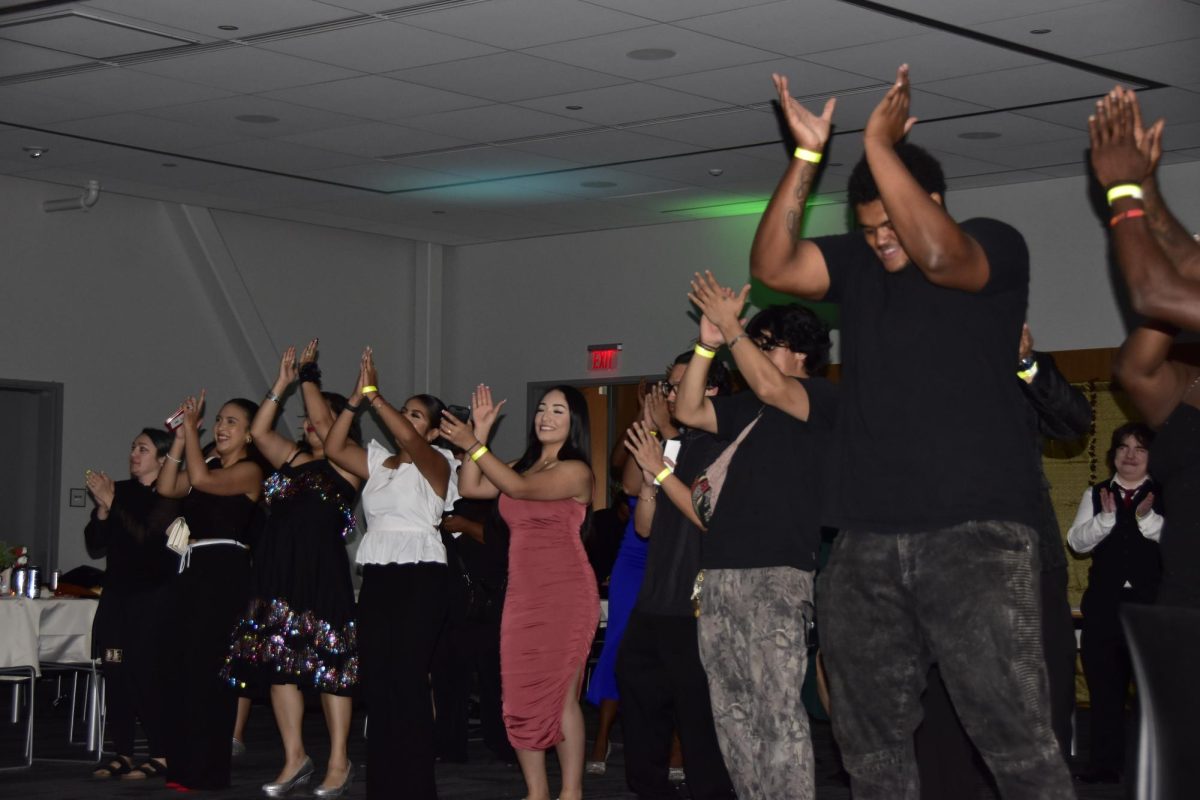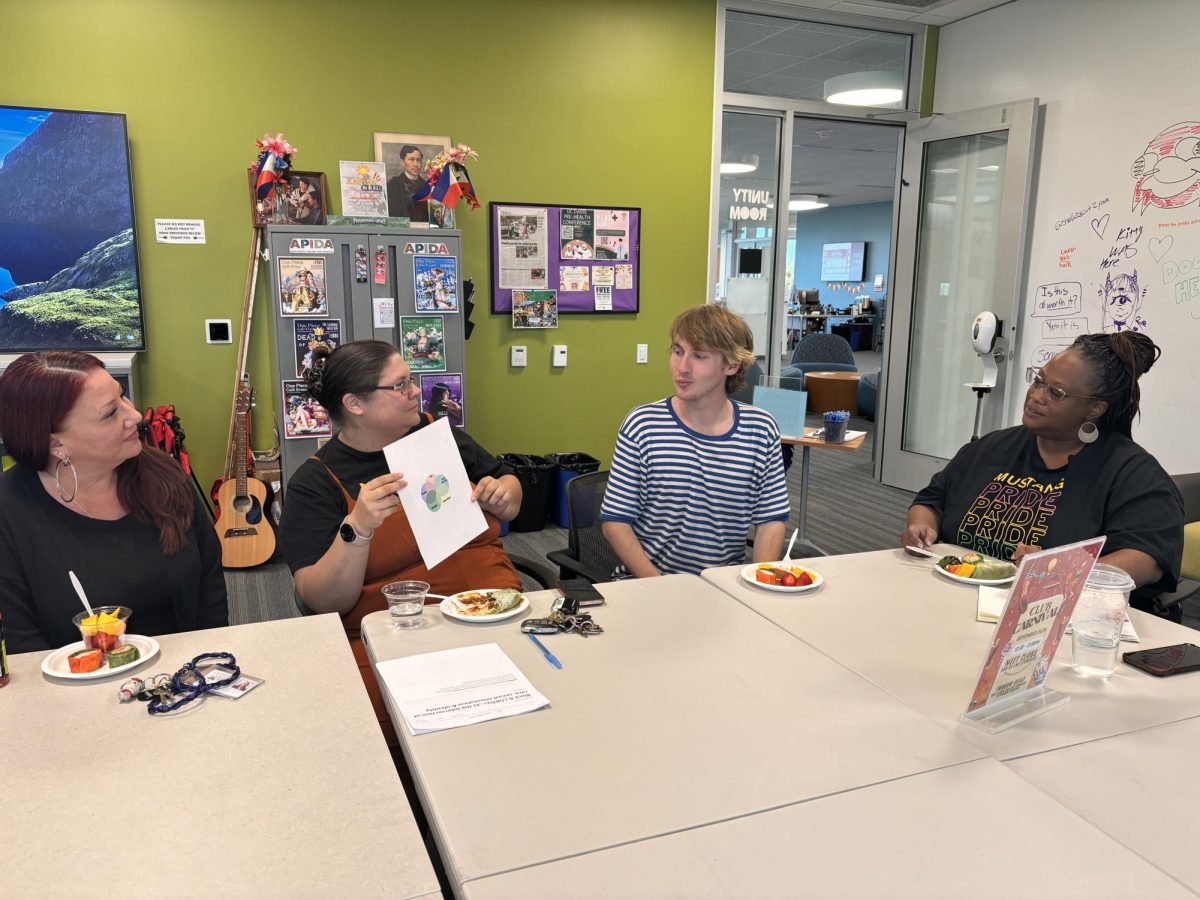For over 50 years, the Los Medanos College Complex has been a staple of campus life. The vast cement walls and unique architectural design have represented the college’s founding vision of an “innovative academic institution that inspires new ways of thinking and learning,” as described by Graphics Art Professor John Schall, who has worked on campus for more than 14 years.
However, as LMC continued to expand beyond the original megastructure with the addition of newer buildings over the years, the need for renovation has sparked about the future of the historic building.
Facilities Master Planning has begun, centering on the possible modernization of the College Complex, and that planning process is currently in the “beginning stages,” according to President Pamela Ralston. Steinberg Hart has been hired to facilitate the planning process and informational documents presented to the college outline the facilities’ challenges that need to be addressed at both the original Pittsburg and new Brentwood campuses.
While other buildings on the main Pittsburg campus have minimal issues, the College Complex is marked as being in “critical condition.” Ensuring issues are addressed, Ralston notes, “we have to do something.”
Concerns were raised surrounding safety, lighting and accessibility in the College Complex building, including the difficulty of people finding their way around its four levels. Additional concerns indicated for other areas of the main campus include a lack of shade cover and not enough outdoor seating.
Given the incidents in the past few semesters from break-ins to alleged assaults, 10-year English Professor Caitlin Mitchell emphasizes that “safety on campus needs to be addressed.”
At a glance, the estimated cost for deferred facilities maintenance for the entire college nears $165 million over 20 years. Yet, the price can increase or decrease depending on the severity of issues with each building on either campus.
Making decisions about facility repair, renovation, or replacement entails steps of document planning, condition assessments, programmatic feedback, space analysis and utilization, and cost estimations. The college is currently in phase two of the facility master planning process. Final assessments are set to be presented by the spring of 2024.
This planning process involves a collaborative effort by the college community and the Contra Costa County Community College District, clarifying options for renovations.
Feedback provided through campus surveys indicates there is “the most activity in the central plaza, it feels the most alive there,” and it is an everyday area, “the meeting point, where the majority of students can be seen walking around and where events are held.”
The College Complex houses the majority of programs and available resources from classrooms, labs and offices to meeting, support and study spaces. Based on data collection, the facilities planning focuses on assessing low- and high-use spaces and ensuring each area is used accordingly.
A significant factor for possible renovations stems from motivations to increase engagement and accessibility for the campus community. Details have yet to be finalized, but progress outlined in the evolving master plan acknowledges changes are likely to come for LMC’s historic building.

